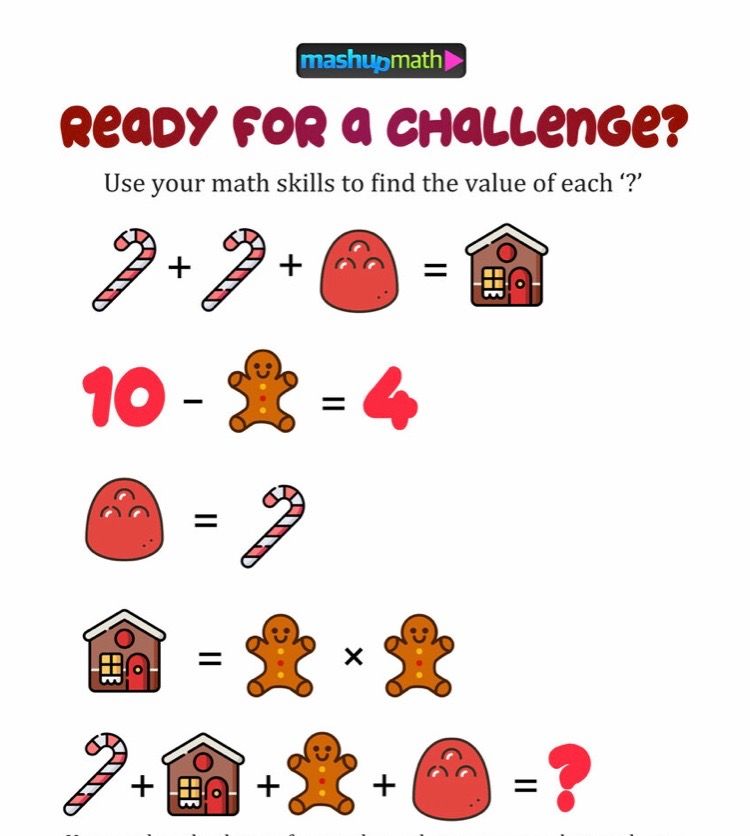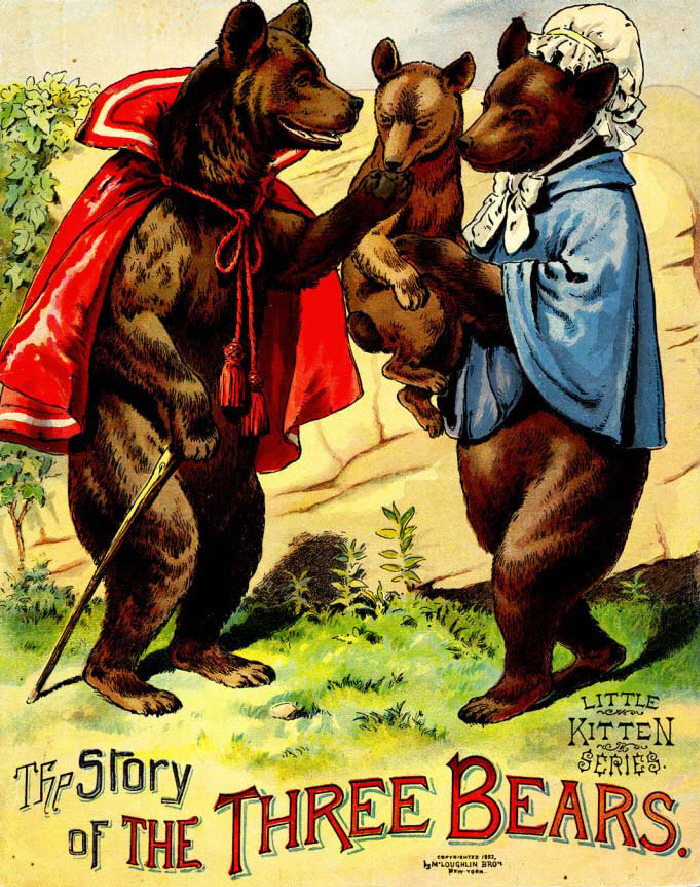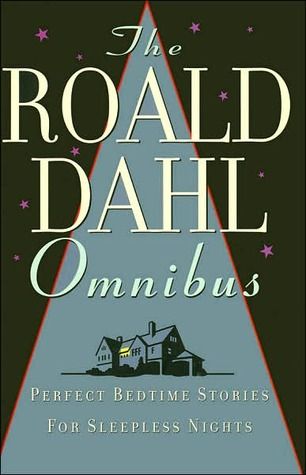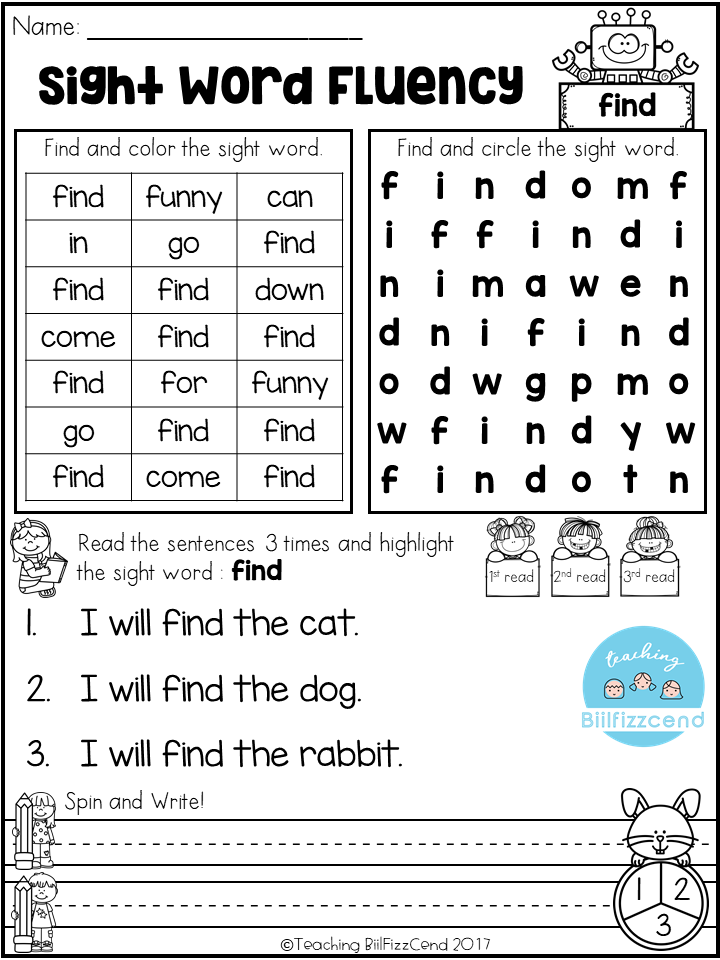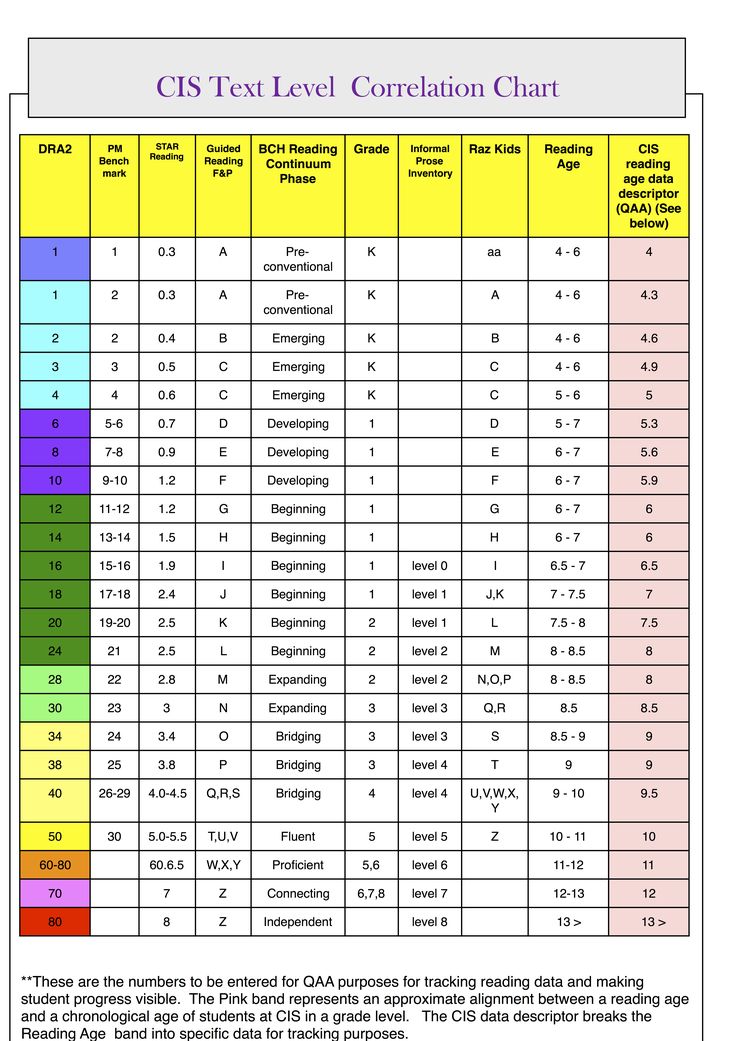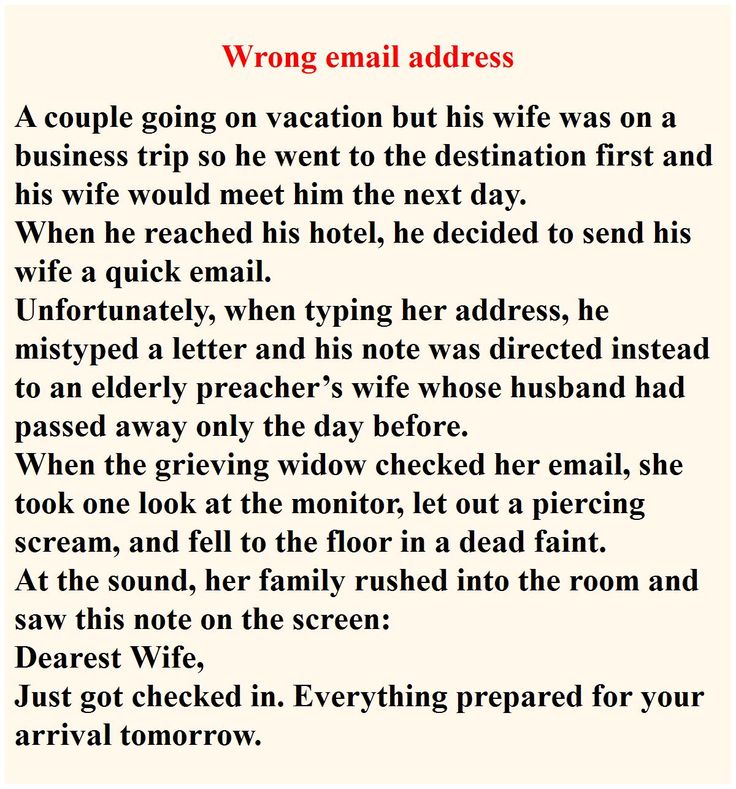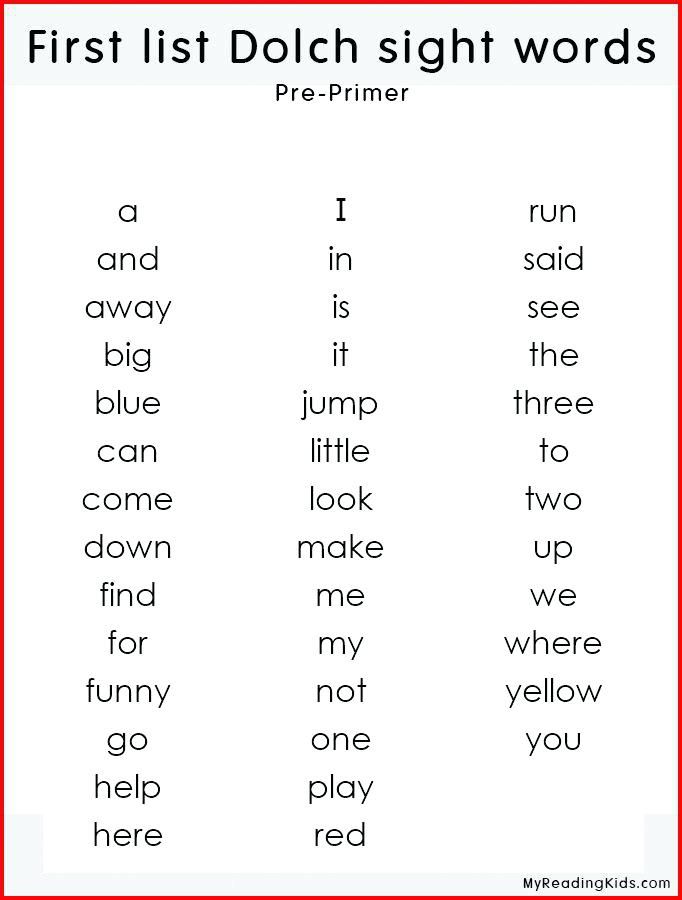Skills maths games
5 cool math games to boost your numeracy skills
Are you looking to sharpen your arithmetic skills in a fun and creative way? Or maybe you would like to fill in your spare time in a productive way by refreshing some of the things that you learned in school? If so, why not try some cool math games that are free-to-play?
If you’ve tuned in to the American quiz game show “Are You Smarter Than A 5th Grader“, you may have noticed that many adults have not retained or learned knowledge from their schooling years. An example of this is learning how to calculate and solve simple arithmetic and numeracy skills, which can sometimes elude those — including college and high school students — who may have forgotten things such as their timetables.
Whether you’re still in school or will be heading off to university soon, a deep understanding or application of mathematical concepts, arithmetic and numerical problems often apply to our daily lives more times than we care to realise.
This can range from performing simple tasks like weighing food when tackling a new recipe at home to managing your monthly expenses so that you don’t overspend.
While there are millions of cool math games that you can access for free, here are five apps to stimulate your brain by solving fun mathematical equations while refreshing your numeracy skills.
Toon math runnerThis game tests your ability to solve math equations while constantly running and getting through obstacles. Your main goal is to save your friends who have been kidnapped and brought to Halloween town before they turn into scarecrows.
The immersive game tests your ability to manoeuvre a set of challenges, combining your ability to think quickly in solving mathematical equations whilst being mindful of any obstructions and to collect as many rewards as possible.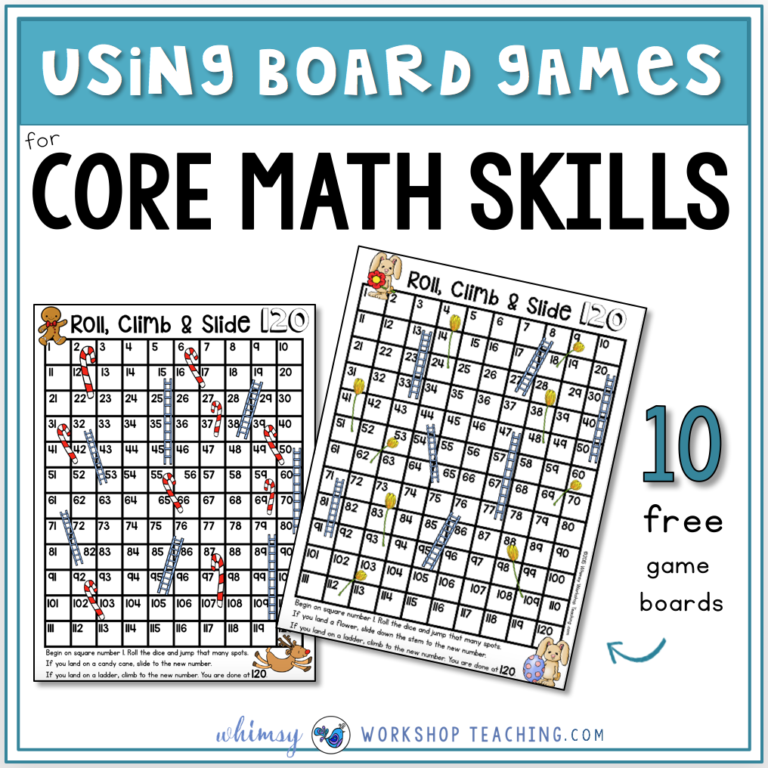
Suitable for any educational level, the game is a fun way for you to boost your math intelligence. Players get to unlock new characters as they progress in the game and upgrade to a higher level of gameplay as their character or team levels up.
Price on Android or iOS: Free
Kahoot! Multiplication GamesAre your timetables a little rusty? Designed by the award-winning Dragonbox team, Kahoot! Multiplication Games gives you a chance to tackle simple multiplication tasks to help you improve your timetables.
You are spoilt for choice to try your luck in 20 mini math games made for players of varying skill sets. No prior knowledge of multiplications is needed.
The challenges range from very basic multiplication problems which help you tackle simple multiplications before moving up to solve more complex equations by taking on the more challenging mini games.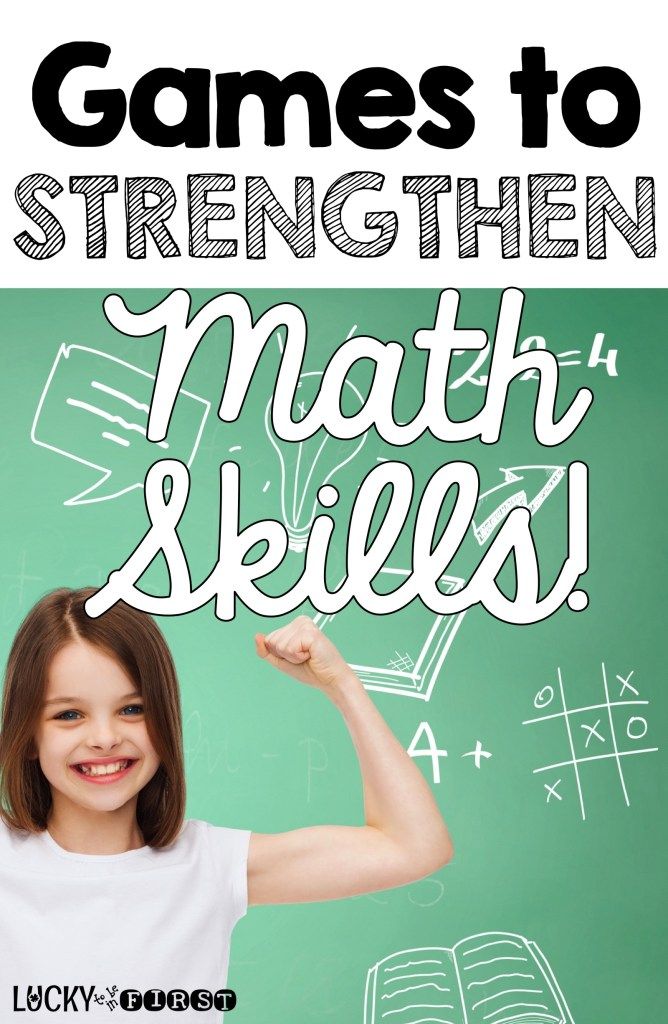
Although most of the game content is free, full access to the content and full functionality of this app may require a paid subscription (refer below).
Price on Android or iOS: Free
One time in-app purchase: US$9.99
Kahoot Plus for Family Monthly: US$8.99
Kahoot Plus for Family Annual: US$89.99
MathlandThis explorative game allows you to travel to different islands to find hidden gems stolen by an evil pirate called Max.
Players will be subjected to a number of exciting math equations to bring them closer to retrieving the hidden gems. The game uses all forms of mathematical concepts including addition, subtraction, multiplication and division.
A timer is included to encourage players to solve mathematical equations at a more rapid pace. It reinforces the learning of all multiplication tables and tests your ability to manage more complex additions and subtractions. It ingrains your mental ability to associate numbers with different arithmetic strategies.
It ingrains your mental ability to associate numbers with different arithmetic strategies.
Combining the elements of Greek mythology and fun math equations was an ingenious idea of game developer Peaksel Games!
This fast-paced and dynamic arithmetic game trains you to solve time-based mathematical equations. Players solve varying levels of mathematical equations to keep your Zeus character alive against mythical monsters.
The most challenging aspect of the game is the monster math flashcards which pop at the bottom of the screen, leaving you with little time to click on the correct answer to solve your math problem.
Price on Android and iOS: Free
Math | Riddles and Puzzles Maths GamesMath helps you to unleash your inner genius by solving a mix of logical puzzles.
The different levels of math games reveal your mathematical talents that are hidden in geometrical shapes. You will train both sides of your brain by exploring the relations between the numbers in the geometrical shapes.
The logical puzzles help you to create new connections for advanced thought and mental speed.
Besides puzzles, you can explore different IQ tests, educational games, brain games and math games which benefit you in different ways such as improving your attention to focus as well as perception abilities and memory power. The game is suitable for both kids and adults.
Price on Android and iOS: Free
Build fluency and boost engagement with Sumdog maths practice
- Enjoy 32 fun and engaging maths practice games – 6 available free!
- Cover ALL essential skills with adaptive questions mapped to your curriculum
- Set personalised learning with our maths diagnostic tool and stranded report
- Build your own or choose from ready-made informal tests
- Inspire friendly competition with our free maths contests
- Use in-class or at home with pupils aged 5-14
Engage and motivate with Sumdog Maths
Sumdog Maths provides free access to six fun games, our free diagnostic tool plus entry into our termly contests!
A Sumdog subscription unlocks over 20 more games, additional teacher tools, low-stakes assessments and more advanced reports. This enables you to:
This enables you to:
- target fun and personalised maths practice on specific maths skills
- easily identify gaps and misconceptions
- demonstrate pupil progress and plan next steps in your teaching.
Sign-up for free
Maths practice tailored to each pupil
Our maths diagnostic tool gives you a snapshot of pupils’ learning. It produces an easy-to-read, stranded report, aligned to your curriculum so you can quickly see each pupils’ strengths and areas for development. The tool then sets personalised questions for each pupil tailored to their needs, to develop their skills and keep them motivated.
Find out how it works
Make times tables fun
Sumdog provides targeted practice for all key maths skills, but we recognise that the ability to recall and understand multiplication tables helps children grow more confident in their maths and lays the foundation for grasping trickier maths concepts.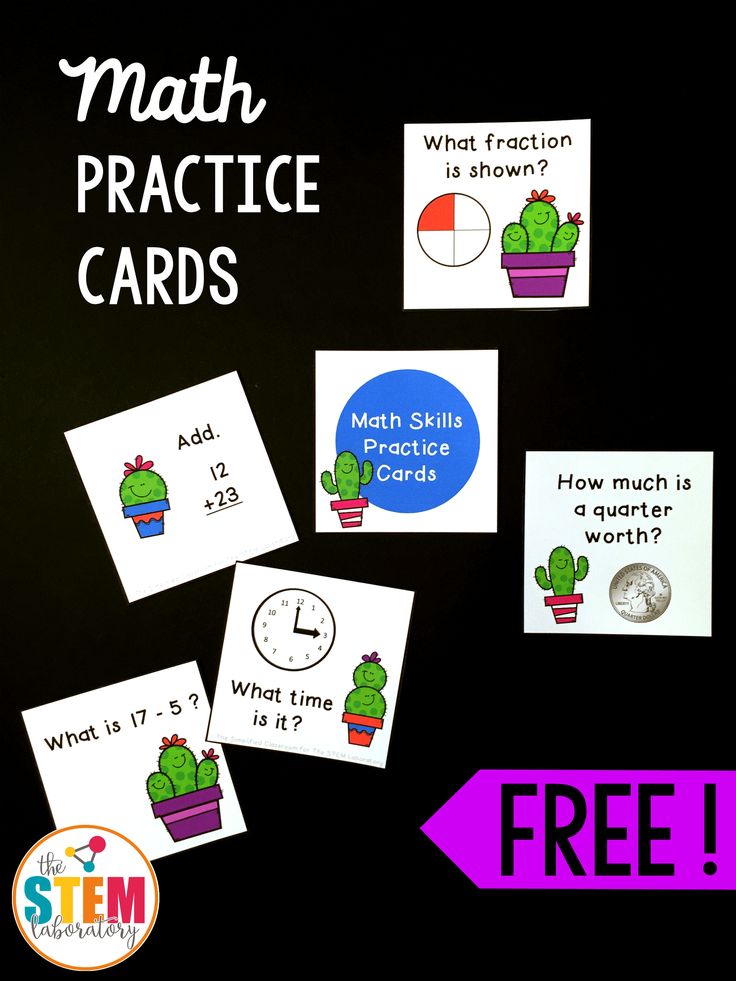
Our times table practice tools are completely free to all schools including our Multiplication Tables Check replica, mapped to the DfE’s specifications, to help children practice and prepare for their check.
Learn more
Stress-free assessment
We’ve developed a ready-made bank of low-stakes tests, supported by a grant from Nesta and the Department for Education’s R&D Programme, to help you evaluate what children have learned and assess where they may need some extra support – all whilst in the familiar environment of Sumdog!
With tests aligned to the Curriculum for Excellence, ready-to-progress criteria and White Rose Maths scheme of work, Sumdog complements what you’re already teaching and saves you time.
Explore our tests
“It has been their favourite maths activity this week. The children in my class have thoroughly enjoyed playing the games on Sumdog.Karen Cassells, Teacher, Barsail Primary School, UKThey especially like playing against each other. They have been asking every day as soon as they come into the class if they can do Sumdog.”
Math games for preschoolers and first graders
The development of a child's mathematical abilities is one of the aspects of preparing for school. It can be difficult for a preschooler to operate with numbers, so experts advise starting a child’s acquaintance with numbers and mathematical calculations from games. Complex and sometimes boring examples and tasks do not cause rejection in the baby when they are presented in the form of interesting colorful tasks.
If a child understands at an early age that mathematics is exciting and fun, it will be much easier for him to master the school subject. By the way, mathematical games develop not only the skills of working with numbers, but also logic and non-standard thinking. What are the mathematical games for preschoolers - in our material.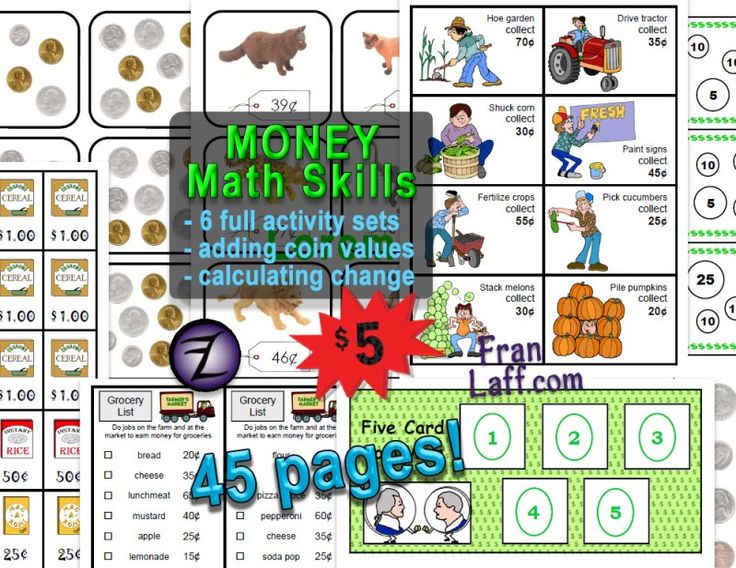
Math games for children 4-5 years old
Math games for preschoolers 4-5 years old include simple math examples for addition and subtraction within 10.
1. Math game "Labyrinth"
In this math game the child is faced with the task of seeing the pattern, going through the maze and helping the squirrel find the acorn.
Print the picture. Give the child a pencil. Let him draw a path along which the squirrel can get to the acorn.
The squirrel has started its journey. She took two steps. What is the difference between 3 and 1? How much more is it? And the number 5 compared to 3? It is desirable that the child himself see the pattern (adding 2 to each previous number). But if it doesn’t work out, don’t worry — explain. Calculate the next step together, and then let the baby go on his own.
2. Math crossword
If a child can count to 10, they may be interested in doing a math crossword.
Print out the crossword.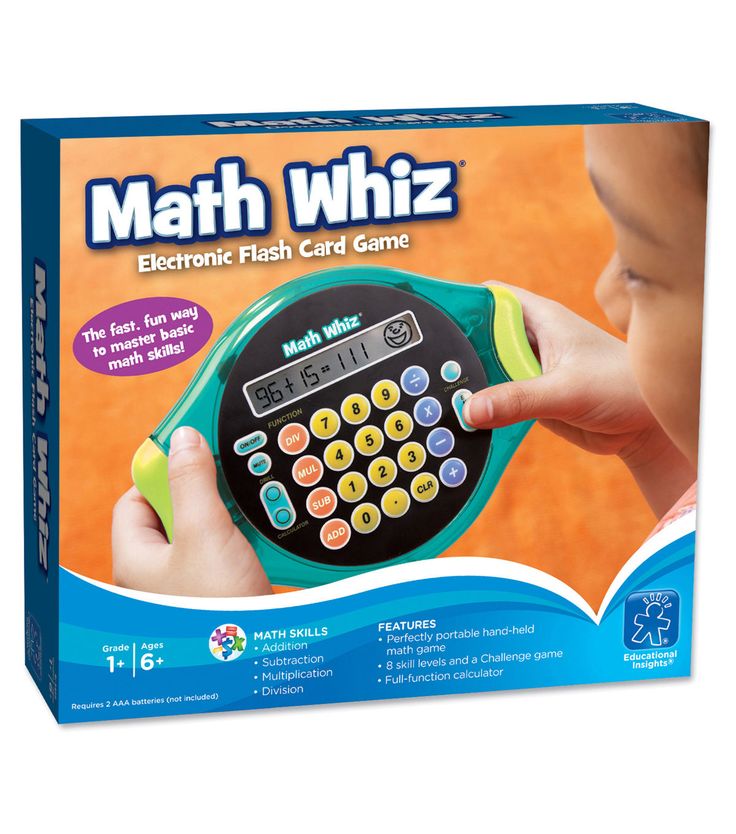 Tell your child how to work with a mathematical crossword puzzle, how the numbers fit into it. You can explain such concepts as "horizontal" and "vertical".
Tell your child how to work with a mathematical crossword puzzle, how the numbers fit into it. You can explain such concepts as "horizontal" and "vertical".
Explain that each row and column must have correct equalities. Emphasize that a mathematical crossword puzzle differs from the usual example in that an unknown number can appear anywhere in it.
Show that in a crossword it is better to solve the examples not in an arbitrary sequence, but by moving from one intersection to another. And it is very important to do everything right, because a mistake in one place will lead to inaccuracies in another.
3. Mathematical game "Count the beads"
As in other examples, the picture can be printed.
There are two different tasks here.
On the left picture there are beads that you need to count and write the answers below, as shown in the first picture. Do not give the child the task right away - invite him to think about what the numbers below (in the first picture) mean.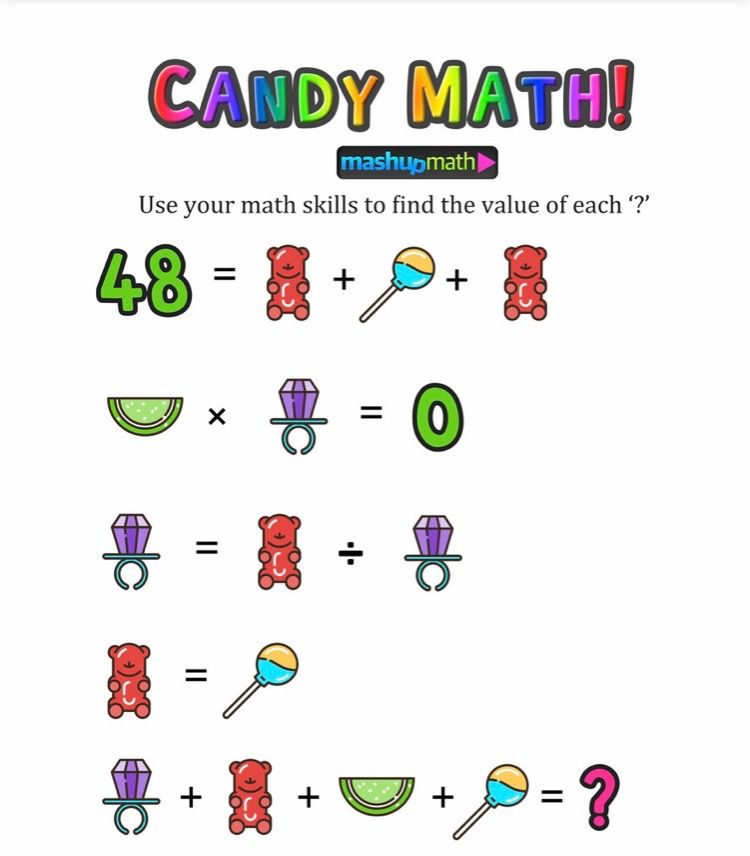 Perhaps he himself will find a correspondence between the number of beads and the number below. In this case, he will easily enter all the correct answers.
Perhaps he himself will find a correspondence between the number of beads and the number below. In this case, he will easily enter all the correct answers.
On the second, right, block of pictures, the number of beads is the same everywhere, and the number of filled beads is signed below. The kid can also guess about this on his own. After that, he will gladly color the required number of beads in each picture.
With this activity you can explain to your child what an abacus is and how to use it.
4. Mathematical game “Take the bear to the bear cub”
Examples are written on the ice. In this game, the child must complete each task and write the answer on the ice. After that, you can pave the way of the bear to the bear cub along the ice, on which the numbers 1, 2, 3 are written, and then in order up to 10.
Math games for preschoolers 6-7 years old
Math games for children 6-7 years old are a bit more difficult and suitable for kids who can count to at least 20 and solve addition and subtraction problems in two steps.
1. Mathematical game "Insert the missing number"
The meaning of this mathematical game is to insert numbers into empty cells that come in sequence before, between or after a given number.
Thus, the child's idea of the "number line" is formed.
For convenience, you can first draw this line, on which numbers are indicated from left to right, increasing each time by one. Then the baby will understand what “before”, “between” and “after” means, and will easily do all the exercises.
2. Mathematical game “Put fruits in baskets”
Print the picture, cut out all fruits and baskets separately. The kid must solve a mathematical example that is written on a fruit and "put" it in the correct basket.
These examples show the child that the same number can be obtained in several ways.
Note that the example does not show the same number of ways to get different numbers. So, 7 is obtained by five options: 4 + 3; 7 - 0; 1+6; 2+5; 14 - 7. And 18 - three: 9 + 9; 20 - 2; 12 + 6.
And 18 - three: 9 + 9; 20 - 2; 12 + 6.
Explain that there are other ways to get the number 18. Give an example or have the child come up with their own.
3. Mathematical game "Find a suitable umbrella"
In this math game, you need to match an umbrella to each cloud. To do this, the child must solve the examples written inside the cloud and the umbrella, and then place the cloud over the desired umbrella.
In this task, you can not cut anything, but simply connect pictures with the same answer. Each cloud corresponds to one umbrella.
Math games for 1st grade
Math games for schoolchildren are suitable for children who can count up to 30, complete examples in several actions and have a basic understanding of fractions.
1. A chain of mathematical examples
On the path of the butterfly to the flower, do all the suggested actions. Some of the numbers are already in circles, others must be entered by solving the examples given above.
This math task is not for the little ones: here you need to be able to count to at least 30.
2. Math game "How much does a salad cost?"
The picture shows vegetables and their "value". Below are plates with a different set of vegetables. Invite the child to calculate how much each salad “costs”.
3. What is the fraction in the picture?
Pictures will help explain to your child what fractions are.
The images show circles divided into equal parts. Some of them are painted over. First you need to calculate how many parts there are. Next - how many of them are painted over.
The essence of a fractional number is easy to explain in this way.
For the first example: the circle is divided into 4 parts; three out of four are shaded, i.e. three-fourths. This is referred to as 3/4.
Second example (below): there are 6 beats in the circle, four of the six are shaded - four sixths, 4/6.
Such an algorithm will allow the child to choose from the options presented the answer corresponding to each circle.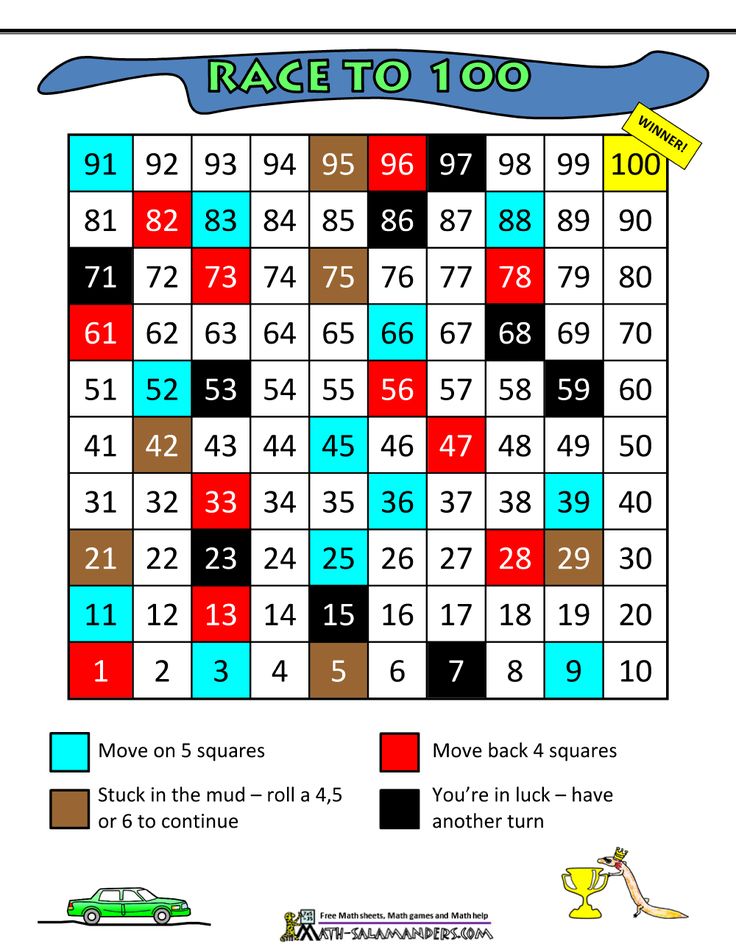 To check how the kid understood the material, ask him to show an integer (not a fractional) number on one of the circles, painting over the required number of parts. He will cope with the task if he figured out how a fractional number is formed and how a fraction differs from a whole.
To check how the kid understood the material, ask him to show an integer (not a fractional) number on one of the circles, painting over the required number of parts. He will cope with the task if he figured out how a fractional number is formed and how a fraction differs from a whole.
Umnasia offers a large number of mathematical problems for logic and ingenuity for primary and secondary school students. All tasks are presented in the format of an interactive story game with pleasant voice acting and colorful illustrations:
- logic tasks for grade 1
- logic tasks for grade 2
- logic tasks for grade 3
- logic tasks for grade 4
- logic tasks for grade 5
Mathematics and logic for children 7-13 years old
We develop logical thinking through solving plot mathematical problems in an interactive game format
learn more
Didactic games in mathematics lessons
Didactic game in mathematics lessons not only captivates, makes you think, but also develops independence, initiative and will of the child, teaches you to reckon with the interests of your comrades. I want to talk about some didactic math games that I use in my lessons.
I want to talk about some didactic math games that I use in my lessons.
MBOU "Tonkinskaya secondary school", elementary teacher
Toropova Galina Nikolaevna
“A child is not a vessel to be filled,
but a torch to be lit." (Francois Rabelais)
Mathematics becomes the most difficult subject in the first years of schooling, and for some children the least favorite subject. This is due to the fact that some children have not yet developed such functions of mental activity as analysis, synthesis, generalization, the ability to compare, classify, and differentiate. For the successful education of children, it is necessary at the very first stages to arouse their interest in educational activities, to captivate, to intensify their activities. One of the most effective means of awakening a keen interest in a subject is a didactic game.
The implementation of game techniques and situations in the lesson takes place in the following main areas: the didactic goal is set for students in the form of a game task; educational activity is subject to the rules of the game; educational material is used as its means, an element of competition is introduced into educational activity, which translates the didactic task into a game one; successful completion of the didactic task is associated with the gaming result.
Didactic game in mathematics lessons not only captivates, makes you think, but also develops independence, initiative and will of the child, teaches to reckon with the interests of comrades. Enthusiastic children learn the program material more easily, acquire certain knowledge, skills and abilities. Therefore, the inclusion of games and game exercises in the lesson of mathematics makes the learning process interesting, creates a cheerful mood among the children, helps to overcome difficulties in mastering the material, relieves fatigue and maintains attention.
Significance of didactic games:
- significantly increases the cognitive interest of younger students;
- the lesson becomes brighter, more emotionally saturated;
- a positive motivation for learning is formed;
- voluntary attention develops, working capacity increases;
- the ability to work in a team is formed
The place and role of gaming technology in the educational process, the combination of game and learning elements largely depend on the teacher's understanding of the functions and classification of pedagogical games.
According to the nature of cognitive activity, didactic games can be classified into the following groups:
- games that require executive activity from children. With the help of these games, children perform actions according to the model (come up with numerical expressions, lay out a pattern, draw a figure similar to this one)
- games that require action replay. They are aimed at the formation of computational skills (“Mathematical fishing”, “Labyrinth”, “How to get to the top”, “Fill in the window”, “Determine the course of the ship”)
- games that include exploration and creativity (Collect Circle Examples, Math Caterpillar)
According to the nature of the material used, didactic games are conditionally divided into games with objects, board games and word games.
According to the functions didactic games are divided into:
- educational;
- controlling;
- generalizing.

Educational will be a game if students who participate in it acquire new knowledge, skills and abilities or are forced to acquire them in the process of preparing for the game. Moreover, the result of mastering knowledge will be the better, the more clearly the motive of cognitive activity is expressed not only in the game, but also in the very content of the mathematical material.
Controlling will be a game, the didactic purpose of which is to repeat, consolidate, test previously acquired knowledge. To participate in it, each student needs a certain mathematical background.
Generalizing games require knowledge integration. They contribute to the establishment of interdisciplinary connections, are aimed at acquiring the skills to act in various educational situations.
According to the number of participants didactic games can be: collective, group and individual.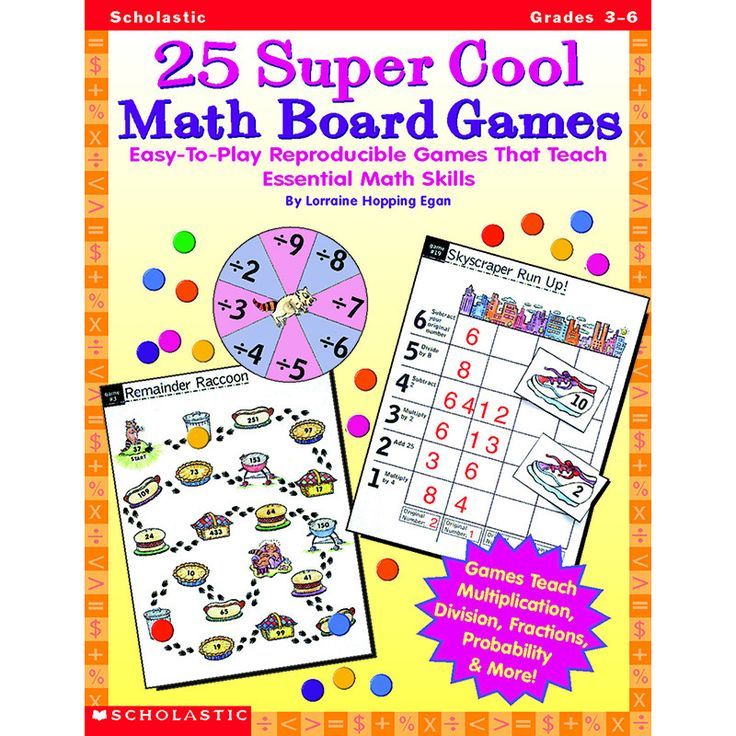
Didactic games can be used at separate stages of the lesson, acting as game moments.
I want to tell you about some didactic math games that I use in my lessons. I am currently working with 3rd grade students. The central theme of the mathematics course in grade 3 is the study of tabular multiplication and division. The technique requires that children not only know the table, but also understand the principles of its compilation, which make it possible to find any work. Computing skills, as you know, are acquired as a result of repeated repetitions of the same operations. To avoid monotony in working out tabular cases of multiplication and division, I conduct exercises in a playful, entertaining way.
I define the value of a didactic game not by what kind of reaction it evokes from children, but by how effectively it helps to solve a learning problem in relation to each student.
Choosing some didactic game for the lesson, I think over the following questions :
- The purpose of the game.
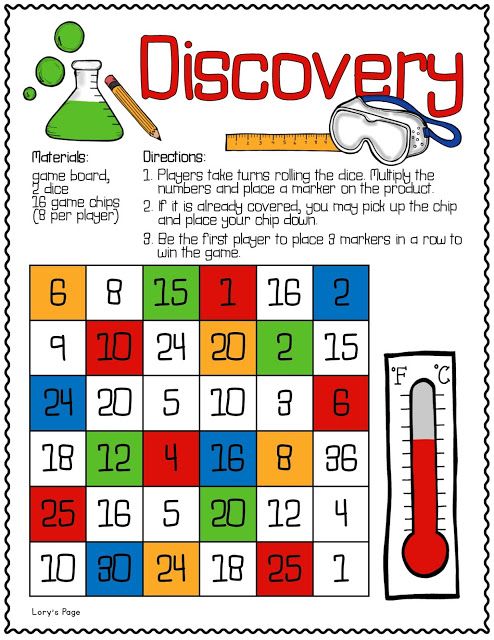 What skills and abilities will be formed in the process of its implementation? What educational goals are pursued during the game?
What skills and abilities will be formed in the process of its implementation? What educational goals are pursued during the game? - Is it feasible for students in my class?
- Will all children participate equally in the game?
- Summing up the game.
To conduct a didactic game in the lesson, if necessary, I make groups in advance so that each group includes students with both strong and weak learning abilities. In each group, I appoint a responsible person. As a rule, this is a student with good learning opportunities or the most organized one who can organize the work of the group.
I assign an important role in the lessons to oral exercises. In order to involve all students in this, I use signal cards. They help to discipline students and at the same time receive information about the assimilation of the material. With their help, you can do a lot of oral exercises in the form of a game.
In my lessons I use the following games.
Game “Yes. No.”
Examples are given on the board: 4x6, 8x3, 4x5, 7x3, 9x4, 5x6. I show cards with numbers. If the number is the answer, the students say “Yes” in chorus, then say the example 4x6=24. if the number is not the answer, say "No".
Live Math
All students have a card with numbers from 0 to 9. Reading an example (3×2). The student who has a card with the number 6 stands up or raises his hand. It is best to give examples for division, since single-digit numbers are obtained in the answers.
The game requires physical activity, so it can be done instead of a physical minute in the middle of the lesson.
“I won’t tell”
The game is built like this: children count, for example, from 20 to 50 one by one. Instead of numbers that are divisible by, for example, 6, they say: “I won’t tell!” !«. I write these numbers on the board. A record appears: 24, 30, 36, 42, 48. Then, with each of the numbers written down, students name examples: 24:6=4, 30:6=5, etc.
This game contributes to the purposeful formation of attention switching mechanisms.
“Check Yourself”
I prepare cards with the results of multiplying some numbers, for example 18. I show the card, and the students write down an example for multiplication with such an answer.
“Who is faster, who is more correct?!”
I distribute one set of numbers from 0 to 9 for each row of desks, so that one student in the row gets the number 0, another 1, etc. I read examples (4×4; 9× 2 or 40: 4, etc.), and the children must quickly figure out how much it will turn out, and those who have the numbers 1 and 6 go to the board and make the number 16. For each example, a point is scored for the row in which the faster and answered correctly. The row with the most points wins.
The game not only helps to consolidate a certain computational skill, in particular tabular multiplication and division, but in the course of it the understanding of the local meaning of numbers is clarified - students need to stand up so that one number stands for units, the other for tens. Mixing places is seen as a loss.
Mixing places is seen as a loss.
"Don't let your friend down!"
Two (four) students go to the blackboard at the same time. I read an example, for example: 6 × 7. I propose to make four examples of multiplication and division with the same numbers. The first student writes examples for multiplication, and the other - for division. If the examples are compiled and solved correctly, I applaud the guys for their coherence in their work. The entry on the board looks like this:
6×7=42 7×6=42
42:7=6 42:6=7
Example 7×6 =42 implies 42:7=6, 42:6=7.
“Divisible – not divisible”
I say different numbers, and the students clap their hands if the number is divisible, for example, by (4, 5) without a remainder.
"Collect the word"
The same number of examples are written on the board on the right and on the left. Two teams come to the board. On a signal, each of those called solves one of the examples and chooses among the prepared cards a card with a number corresponding to the answer of the example (a letter is written on the back of the card). The first team to make up the words wins.
The first team to make up the words wins.
In this game, interdisciplinary communication is also carried out, since dictionary words or words for any rule can be composed.
"Silence"
Examples for multiplication and division are written on the board. I show an example, the children on the cards are the answers. (Each student has a number set.)
"The best counter"
A circle with numbers is attached to the board. I give the task: to increase (or decrease) these numbers several times. Children write down answers in notebooks. This is followed by a check (the student who completed the task first reads the answers and everyone checks their notes.).
“In order”
Examples given:
8x3
3×2
3×6
7×3
5×3
3×9
Name the values of expressions in ascending (or descending) order.
“Circular examples”
I prepare cards with examples in advance, selecting them so that the answer of the previous example is the beginning of the next one.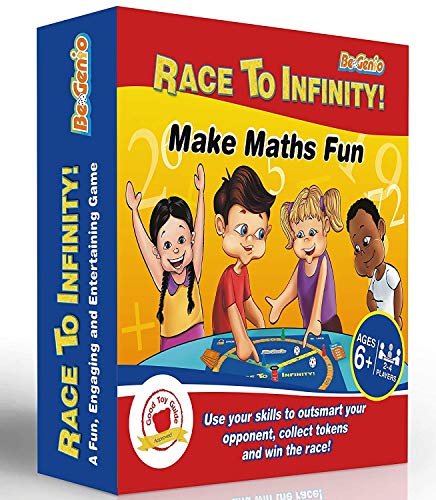 Each student in the same row receives such a card. It is very important not to make a mistake here! In the next lesson, these circular examples are given to the children of another row.
Each student in the same row receives such a card. It is very important not to make a mistake here! In the next lesson, these circular examples are given to the children of another row.
"Which row is better?"
Students in the first row ask questions to the students in the second row on the multiplication table (including cases of division). Then the students of the second row prepare examples for the children of the third row. On the board, I count the number of correct answers in each row.
"Which row will fly to the moon faster?"
I have 3 rockets cut out of double folded thick paper. Each rocket has windows for the number of students in a row. In the middle of the rocket, I insert a sheet cut out along the contour of the rocket, and in the windows I write examples for multiplication and division. Students in each row quickly solve one example by passing the rocket to each other. We check the examples collectively. The rocket, in which all the tasks are completed correctly, “flies into space” first! I throw away the used sheets with examples and insert new ones. Tomorrow the rocket is ready to fly again!
Tomorrow the rocket is ready to fly again!
Similarly, the games "Who will be on the mysterious island faster?"
"Chain"
Write on a board or poster.
I give the task:
- find the last number if the first number is 18, 24;
- find the first number if the last is 16, 72.
"Mathematical Dominoes"
Each student receives a card. It is divided into 2 parts: in the first part, an example for multiplication or division is written, in the second part, the answer to another task. The first student reads his example. The one who has a card with the answer to the sounded task calls this answer and says a new example. The next student answers and names his task, etc.
Math Lotto
All students take one card. I have 24 of them. The results of the multiplication table are written on them (4 answers each). I show the class a card with an expression, for example 5x3, and the guys on their cards cover the answers with circles. The winner is the one who closes all the numbers on his card first. Students make chips at a labor training lesson.
The winner is the one who closes all the numbers on his card first. Students make chips at a labor training lesson.
"Find a Pair"
3 students from each row come to the board in turn. Task: write down the numbers in the boxes to get the correct equalities.
9×4 = ? +?
42 : 6 = ? —?
76 - 44 = ? X ?
27 + 27 = ? X ?
These are just some of the types of work in mathematics lessons that activate students' activity. When performing the tasks described above, the guys think, compare, analyze. And this contributes to a more solid and conscious assimilation of knowledge.
The children really like the game "I am a photographer", in which I show the children a strip with numbers, signs, and the students have to memorize them in 5 seconds and "take a picture" in a notebook.
Author: Galina Toropova
The Teachers' Council is a community for those who teach and study . Professionals grow with us.